|
Guest post by Katie Linehan Last night, Diane Ravitch, a staunch opponent of education reform, addressed a crowd of approximately 1500 in Omaha. The event was sponsored by the Sherwood Foundation and presented by MOEC (an organization consisting of 12 metro area school districts). This morning, Ravitch will meet with community leaders at UNO.
Teaching is one of the hardest, most under-appreciated jobs out there. Teachers deserve respect. Teachers (and the people of Nebraska) also deserve the truth. Ravitch contributed to the well-funded proliferation of mistruths about school choice and public charter schools gripping this community. Of course, Ravitch has a right to her own opinion. It's okay to dislike the idea of charter schools. It's not okay to say no evidence exists showing charters are working (black students living in poverty, on average, gain an additional 59 days of learning in math and 44 days of learning in reading every year in urban charters). It's okay to say poverty impacts school performance. It's unfortunate to coddle and instill low expectations for under-served children. When Ravitch said Nebraska has among the highest NAEP scores in the country (and suggested this was due to Nebraska rejecting reforms), she misrepresented the facts. We don't rank in the top 20% in math or reading. In 2015, Nebraska ranked 13th in 4th grade reading. We ranked 11th in the nation in 8th grade reading. We ranked 12th in 4th grade math and 14th in 8th grade math. Some may say ranking in the top 20 overall isn't too bad, but consider that Nebraska has a much larger percentage of white students (approximately 20% above the national average) and a lower rate of student poverty, which impacts performance averages (not because non-white and poor students can't do better, but because these students frequently lack equal access to great schools). Furthermore, Nebraska has failed to keep pace with the rest of the nation in terms of overall improvement and we have some of the largest achievement gaps in the nation between black and white students (for example, in 4th grade math, white students in Nebraska rank 13th in the country; black students in Nebraska rank 39th). In any scenario where Nebraska ranks nearly last in black student performance, while failing to keep pace with improvement for all students, something must change. Students stuck in failing schools deserve better. But Ravitch would (and did) reject the notion that failing schools exist at all. Ravitch also suggests, again and again, that poverty determines destiny. Such beliefs undercut her own claim that no crisis exists in our traditional school models, at least if you happen to be poor or black. Katie Linehan has worked for over a decade with under-served youth in Omaha. She attended law school before working as an aide to the vice-chairman of the Nebraska Legislature's Education Committee. Katie also worked at Success Academies, a high-performing, high-poverty charter school network in NYC before returning to Nebraska to advocate for meaningful education reform.
0 Comments
Deborah Andrews, a 40-year resident of Nebraska, mother, volunteer, and candidate for the state legislature is advocating for a school choice vehicle that has already been implemented in Florida, Arizona, Mississippi, Tennessee, and Nevada: Education Savings Accounts (ESAs)
In a 2003 interview with Columbia Teachers College professor Pearl Rock Kane, renowned economist Milton Friedman pondered, "Why is it sensible for a child to get all his or her schooling in one brick building? Why not have partial vouchers? Why not let [parents] spend part of the voucher for math in one place and English or science somewhere else?" In places like Arizona and Florida, parents can do just that. These states have separated the financing of education from the delivery of services. They recognize that "public financing of education does not have to mean that education is delivered in government schools." And this framework is paying off hugely for many students. In "ESAs Are Changing the Game," author Lindsey M. Burke writes about a blind student in Arizona whose education has been transformed by access to school choice in the form of an ESA: "While the Ashtons used the bulk of their ESA to pay for tuition at a private school, they were also able to direct dollars toward Max’s assistive technology to facilitate his learning, along with his Braille textbooks and talking computer. And as Marc mentioned, they still had money left over at the end of each year to roll into a college savings account, which Max will put toward his tuition at Loyola Marymount this fall." School choice advocates in Nebraska, including Deborah Andrews, are gathering support for Nebraska Academic Savings Accounts. Andrews explains: "90% of the state aid which would have gone to the school, instead would be deposited into an account to fund the individual student’s education. Parents/guardians choose which learning options best suit their child. Participants must agree to utilize effective reading and math curriculum and instruction. Participants are held accountable for student learning and achievement each year." Andrews continues: "Nebraska is one of only a handful of states which don't allow school choice: vouchers, tax credits or charter schools. Nebraska does allow for children to be home-schooled or attend private school at parent/guardian expense. These parents/guardians are required to continue to fund public schools their children do not attend. In effect, school choice restricted to the elite." ESAs are changing lives for many students. The Nevada program offers eligibility to all 450,000+ public school students in the state. Will we provide similar opportunities for Nebraska's students? Guest post by Greta Bloyd School choice is gaining traction around the country in a growing number of states, and the results are impressive. It’s time Nebraska seriously considers real school choice. Here are just two reasons why. 1. School Choice Makes Sense Who knows your children better than you? As parents, we know better than anyone else where our children thrive and where they struggle. We know our children’s personalities and how they best learn. We know what environments they will do well in, and what environments will reflect the worldview we are working so hard to instill in our children in our homes. My husband and I both graduated from public school. We have friends who are teachers, school psychologists, and coaches in the public school system. My aunt was a teacher and then a principal in a public school, and my uncle and cousin have been public school football coaches for their entire careers. We are not anti-public school. However, we do understand that it is not the best fit for everyone for a variety of legitimate reasons. It wasn’t the best fit for our family. We have two very different sons, (Seriously, we often wonder how they can possibly be related!) and we chose two different educational models to fit their individual needs, and learning styles. One attended and graduated from a private school, and the other is being homeschooled – at least for now. That may change as his needs change. It is our obligation as parents to do what is best for our children. School choice makes that possible. As parents, we have every right to decide how our kids are educated. As Nebraskans, we have the responsibility to do what is in the best interest of our children, even if that means disrupting the status quo. 2. School Choice Makes Cents Families and kids are not one-size-fits-all. That’s why a quality education that best meets the many factors parents should consider – from values to learning styles to how well any given school performs – should be made available to every child in Nebraska. Choosing private school and homeschooling for our boys has meant sacrifices that we were more than willing to make. But the choices we made are not feasible for too many. For some, it’s not financially possible to send their kids to private school, or for one parent to stay home to homeschool. On the other hand, many believe that offering tax breaks to families who choose an educational model other than the public school system will drain more money from schools that already struggle to educate children on their current budgets. So what’s the right answer? The facts can help us decide. Around the country where real school choice is offered, real benefits are being seen. A study by Jeff Spaulding of the Friedman Foundation for Educational Choice found that, For the 10 school vouchers programs examined in this report, a cumulative total savings of at least $1.7 billion has been realized since 1990-91, the first year of the historic Milwaukee Parental Choice Program (MPCP), through 2010-11, the end of this paper’s review period.[1] Spaulding offers these formulas to show how money is saved: • Per Student Cost Burden Removed From Public Schools > Cost of Voucher à Net Savings Per Student • Net Savings Per Student X Number of Voucher Recipients = Total Net Savings • Fiscal Effect on State Government + Fiscal Effect on Local Public Schools = Total Net Savings = Cost Burden Removed From Public Schools – Cost of Vouchers[2] School choice can benefit every child, every family, and every school. So the real question is: As responsible parents and Nebraskans, why would we oppose that? (The Friedman Foundation for Educational Choice provides great information on school choice here. http://www.edchoice.org/ ) [1] http://www.edchoice.org/wp-content/uploads/2015/07/The-School-Voucher-Audit-Do-Publicly-Funded-Private-School-Choice-Programs-Save-Money.pdf pg. 6 [2] ibid, pgs 15-16. Greta Bloyd is a home school mom who also works full-time from home for Tiny Hands International. She and her husband Doug have two sons, Tanner who graduated from Lincoln Christian and is now a junior at UNL, and Kyler who is a 4th grader who currently loves being taught by mom! Greta holds a Bachelors degree from UNL and a Masters degree from Biola University.
Guest post by Lee Todd, Lincoln father. Few if anyone would disagree the best education possible at a reasonable price, should be the gold-standard sought after goal for our children. Free markets have throughout history demonstrated their value at uplifting the middle class. No one can argue this point. Parents should have more choices to send their children to those schools which can best provide the needs for their child. Public and private should both be given the opportunity to compete in the free market arena. In this way the best schools will flourish. So goes the argument of Milton Friedman the late great contemporary economist.
Given the incontrovertible evidence private schools are capable of providing a great education at a lower price versus public schools, it is time to truly “level” the playing field. In the state of Nebraska it costs $11,200 per pupil per year to educate a child in the public school system. Private schools usually do as good or better job at ½ the cost. Let us please consider this option which would allow more school choice. Any parent wanting to pull their child out of the public schools system could be given 75% (this percent is not fixed in stone but serves an illustrative purpose) of the cost to educate a child in their local public school district. Those funds would follow the child and be given to the parent or guardian of the child, if they choose alternative schooling other than the public school system. In this way parents opting for the private school option or home schooling, would not have to pay for it twice. This they do now, once in property taxes and once again to pay for their child’s private education out of their own pocket. What about the “unused” other 25% or roughly $2800 per year? This money could be returned to the tax payer to lower property taxes which the overwhelming majority of Nebraskans agree are much too high. Another option would be this money could be deposited into the parent or guardian’s educational savings account for post secondary education for the child. Imagine 13 years x $2800 = $36,400 ready for the child to go to college or a vocational school of their choice! Many young men and women could get most of their 4 year university education and certainly 2 years worth on that kind of a grubstake! Hence they would not be shouldered with oppressive post secondary debt when they are not even into their mid 20’s. What a shift that paradigm would be! In summary, both private schools and home schools have more than proven their effectiveness beyond any doubt. It is time to level the educational playing field. It is time to play fair. Private and public schools should each compete in a free market that truly espouses free choice. Public schools may have good intentions, but it is the parent who will nearly always have the best interest of their child foremost in their minds. When ALL parents are given the economic opportunity to choose what is best for their child, the child always WINS. Guest post by Russ Pinyan, Lincoln financial advisor and father of four.
School choice means having options. Having the option to send our children to a private school has been a good thing for our family. For the last 15 years, we have sent our children to a private school, and we currently have four students attending this pre-school through 12th grade school. This has been a very positive experience, but it has been a financial challenge. Unfortunately, we are forced to pay more than our fair share. Here is where I am going. The public school system is striving to be a great place to educate our children. The push for better and bigger facilities along with the desire to keep employees pay competitive are consistent goals. With the population growth we are experiencing, there is always a plan for more space on the agenda. These are great goals to strive toward. Reaching these goals obviously cost money. Our solution is to rely either on a larger tax base or higher taxes. Now, an interesting question- “What would happen if, for some reason, the private schools closed their doors tomorrow?” Take some time to think about it. A quick search shows that more than 1,500 students attend private high schools in Lincoln. This does not include any home school, junior high, or elementary students. Where would these students go? What building? What teachers? If what exist now is stretching the limits, how will the public schools absorb these students? Consider these facts:
It is not a stretch to understand that by spending money on private education, you reduce the taxes for those sending their children to public school. This system seems unfair and easy to fix. Isn’t it time we allowed a property tax credit to those that pay for private education? We need School Choice and this would be a good start. Russ Pinyan and his wife Jennifer are the parents of four children: Nosa (a student from Africa), Tanner, Tucker, and Tatiana. All of their children are enrolled at Parkview Christian. In 1990,Ted Kolderie, one of the designers of the country's first charter legislation, wrote a manuscript entitled The States Will Have to Withdraw. The following excerpt aptly describes the current state of Nebraska's K12 educational structure.
"The state does not deal with schools; it deals with districts. Legally schools do not exist: Districts exist. The district is defined by its boundaries. These create an area in which there is one and only one organization offering public education, to whose schools the kids who live in that area are assigned. Public education is organized as a pattern of territorial exclusive franchises." "That exclusive franchise is the heart of the problem.
"Nobody should wonder why in public education "the cards are stacked against innovation." An organization with that kind of exclusive franchise feels no need to change. . ." . . ."The risks are real. There is nothing countervailing: nothing that requires kids' interests to be put first; nothing very bad that will happen if the decision is to say 'no.' As things stand a 'no' is the end of the matter: The principal who wants to change has nowhere else to go; the teacher has nowhere else to go; parents and students have nowhere else to go." "There is almost nothing anyone can change without getting someone else's permission. Yet almost everyone has the power to check everyone else." "And practically nothing depends on making the improvements for which the public is pressing: clear objectives, measurement of performance, new technology or better learning methods." "Unless something quite unusual happens the students and the revenues will be there anyway. Good educators tell their colleagues, 'We have to change.' But that is not true in any real sense. They do not have to." "The kids get what altruism, courage and the random appearance of exceptional individuals provide in the way of improvement--which is often a lot. But the system puts them second. The system puts adults first. As Albert Shanker told the Itasca Seminar in Minnesota in 1988: 'This is a system that can take its customers for granted.'" In 1991, Minnesota legislators chose to do something about their system, which took "its customers for granted." They passed charter school legislation, providing choice and accountability within the public school system. In the years since, nearly every other state in the country has made the same realization and made reforms that will put kids first and adults second. And yet, here in Nebraska, we still have a system that "can take its customers for granted." In fact, in Lincoln, public school officials take this to an extreme by hiring "consultants" to insult and harass parents and citizens who express desires for the reform. To add insult to injury, these "consultants" are hired with our tax dollars: We pay people to harass us for wanting the educational options available to families across the country. This will continue as long as we allow it. Contact your state legislator and explain that school choice is long overdue in Nebraska. It's time to put children first. Guest Post by Preston Harris, President and CEO of Men With Dreams A video has surfaced showing youth stomping on the American Flag. This video hurts a lot of veterans and other Americans because they feel that these students have been disrespectful to this country. At the same time we have to ask what has this country done for these youth.  My granddad was a police officer and has been a community leader my whole life. I attended a basketball game with him and he didn’t place his hand over his heart during the pledge of allegiance. I asked him why and he told me that America hasn’t done much for black people. It took me a while to think of why he would say something like that, and then I remembered where he came from. My granddad grew up in Indianapolis, IN the birthplace of the KKK. He went to an all black school, where they were provided with second-class equipment and facilities. They were extremely talented at basketball so the city would place them in a college arena because everyone else wanted to see them play. The school received 25% of the concessions to go to their athletic budget while the other schools and city would retain the majority of the resources. Every team they played was all white, the teams would foul and abuse my granddad’s team but they were so good that they couldn’t be beat. Crispus Attacks went undefeated but there was no movie, even though they beat the Hoosiers team repeatedly because they lived in the same state. He came from a time where as a black man, you knew that you had to be better in every way to succeed. Being black made you strong because you knew that the chips where stacked against you but your pride would not let you fail. Now, we are at a crossroads of a revolution with the deaths of black men at the forefront. For too long we have taken ourselves for granted and allowed this country to do the same. At first I believed that race wasn’t an issue in this country but as I mature I am faced with the reality that race is no longer the only issue. With that being said this country has taken a systematic approach to destroying the foundation of any community through removing it’s male leadership. This is especially true of black leadership in this country as neither Dr. Martin Luther King Jr. nor Malcolm X made it to age 40. To educate any man on whom he is and the power that is inside of him is to give him the keys to his universe. We must teach a history that invokes a sense of self-pride and aspire to proudly serve your community as those have before you. What history do we teach our youth of color? They come from slaves or immigrated to this country, were treated terrible until we actually decided that everyone man and woman had rights regardless of their color. I never lived through that but my granddad did and so did my grandmother who was an educator and the first black female senator in the state of Nebraska. There has to be a shift in our expectations and actions for engaging our youth. No longer can we be satisfied with low income and rural students getting a second-class education. We can no longer settle for voting for candidate and government officials who have no knowledge of their community and our fundraisers pawns. We must change the way we educate our youth by focusing on holistic education. Teaching on the basic fundamentals of reading and writing but also having a strong knowledge of self, interpersonal communication, health and spirituality. Dr. Martin Luther King Jr. stated, “Character plus critical thinking is the true goal of education.” I can’t wait to live in a nation where I am proud to put my hand over my heart because it is a country I love. I’m sure that America will be beautiful again one day, until then we will work to heal America’s pain. By allowing it’s residents to choose the best option for their child’s education instead of sending them to dropout factories. Charter schools allow that option for Nebraska children and families, which is exactly what we need and deserve. They serve the students who need it most by providing a specialized option designed for student-focused success. Student focused, not test score focused. Holistic education, not teaching to a test for dollars. Physical education requirements, creativity (art, music, theatre, tech) focused, real life experiences and the expectation of success! Not shuffling from room to room, texting in class, outdated curricula, and coasting through school. The only renewable resource is our youth! Every single one of those kids deserves an education tailored for them to succeed. School choice gives our communities that option and gives us control over the future of our youth. I am successful because my granddad taught me a history that let me know that dreams come true and I intend to make sure that every youth has that same opportunity. Men With Dreams is a 501c3 non-profit organization founded by Preston Harris and Brandon McWilliams in September of 2013. Their goal is to make sure every youth understands that they have everything it takes to reach their goals and dreams. If you would like to volunteer for Men With Dreams or donate to their outstanding cause, visit their website or get in touch with them via Facebook or Twitter.
by Deb Portz If we look at 2015 ACT Comprehensive (Math, Science and Reading) and College-readiness scores comparing the nation and the state of Nebraska to Lincoln and Lancaster County (as reported on school and district websites as well as the ACT website), we find the following: National Average – 21.0. ACT College-readiness – 28%. 57% participation of U.S. graduating students. Nebraska Average – 21.5. ACT College-readiness – 29%. 86% participation of Nebraska graduating students. Lincoln Public Schools Average – 20.7. ACT College-readiness - 22%. 100% participation of LPS graduating students (opt-outs from district-wide ACT administration are not reported). LPS's highest performing high school average is Lincoln East at 23.3. LPS's lowest performing high school average is Lincoln High at 18.5. Norris Public Schools Average – 24.2 ACT College-readiness score 44%. 94% participation of graduating students. Lincoln St. Pius X High School Average – 24.3. ACT College-readiness score 45%. 93% participation of graduating students. What if we gave those who feel they have no choice over their educational outcomes the choices they deserve? Opportunity scholarship programs allow individuals and corporations to allocate a portion of their owed state taxes to private nonprofit scholarship-granting organizations that issue scholarships to K-12 students. The scholarship allows a student to choose among a list of private schools, and sometimes public schools outside of the district, approved by the scholarship organization. The scholarship is used to pay tuition, fees, and other related expenses. As a result, the state does not have to appropriate per-pupil education funding for those students that receive scholarships. An educational tax credit is different than a school voucher in that a tax credit does not take any money away from public schools for each pupil they educate, raise any taxes, or require any additional state spending. Unlike a voucher, which takes tax dollars and state spending away from a public school, educational tax credits are incentives for non-profits, businesses and individuals to contribute to an educational scholarship fund which in turn allows them to have a higher tax deduction percentage than a regular contribution would give them.
Tax credits allow for a fully-funded broad-based student outreach for school choice without using taxpayer dollars. For the users of these educational scholarships, income parameters are means-tested for those who would qualify to attend a school choice alternative. Fifteen states have educational tax credits in place already. Educational tax credits give parents the choice to improve the educational outcomes they decide on for their children. Tax credits improve accountability in education to parents and taxpayers by holding poor performing public schools accountable for academic performance because they lose students in the choice options. It can also be seen as a positive to alleviate the issues highlighted by public schools that they are burdened with attendance growth as a deterrent to high performance in educational outcomes since students in overcrowded public schools have the option to choose to attend another school. It is a very clear savings for the state on a per pupil allocation because more money is coming in for education from donations. It gives the state broader eligibility for the allocation that they have to distribute from the state and taxpayer pool of dollars. A Nebraska state senator recently told constituents on Facebook that if they wanted school choice they should put their kids in private school. He’s not alone in projecting this exclusive attitude. Parents in Lincoln have repeatedly been told by supporters of the Big Learning Organization Bureaucracies (BLOB), “If you don’t like __________ [fill in the blank with ‘truancy policies,’ ‘curriculum,’ ‘excessive district testing,’ ‘Planned Parenthood speakers,’ ‘IEP methodologies,’ ‘school calendar,’ ‘elective-heavy graduation requirements,’ etc.], then send your kids to private school or homeschool them.” In other words, “If you or your children don’t fit our mold, you’re welcome to leave” (but then you’ll have to pay for your kids’ educations on top of your property taxes). Wait a second. Isn’t this public education? Did someone usurp the authority to say what the mold is and who fits it? John Adams said, “The whole people must take upon themselves the education of the whole people and be willing to bear the expenses of it. There should not be a district of one mile square, without a school in it, not founded by a charitable individual, but maintained at the public expense of the people themselves.” Note that John Adams didn’t say that a large union-controlled bureaucracy should maintain the schools. He didn’t say that a few people could control all of the money taxpayers give toward public education. He said the people themselves should maintain the schools.
Lincoln, Nebraska, is a good-sized town with a diverse population. It’s not realistic to think that a bureaucracy like LPS can meet the needs of every K-12 student in town. There are nearly 50,000 K-12 students in Lincoln between the district students, private school students, and homeschooled students. How can a single bureaucracy effectively educate all of these children? It can’t, no matter how beneficent its intentions. The only path to inclusive public education for all students is the school choice path. “Our way or the highway”--aside from being exclusive and presumptuous--leaves students out in the cold. That’s why we have a sizable percentage of students in Lincoln who are failing to meet basic proficiency standards. That’s why employers are complaining that young workers are coming to them without passable reading and critical thinking skills. There’s no reason for so many students to fall through the cracks—unless the BLOB is imposing on them a mold that doesn’t fit everyone. With school choice, students can find the schools and educational resources that help them to succeed:
In the end, ALL students can achieve and thrive. With school choice, ALL students are included. Next time a supporter of the BLOB tells you to take a hike if your child doesn’t fit the mold, remind that person that you pay the same rate of property taxes that he does. You care as much about your community as he does. And you take the inclusive route: you support school choice because all children deserve a quality education that meets their needs. At School Choice Lincoln, all really does mean all. Charter schools strengthen the entire public school system, especially in regards to accountability, parental involvement, and the achievement gap. In exchange for flexibility and autonomy, charter schools are held to a higher degree of accountability. They must abide by state standards, and they must have a fair and open admissions process. Most of all, they’re held to the highest level of accountability, which is consumer demand. If a school isn’t performing well enough to attract students, it receives no funding and ceases to operate. The love and hopes parents have for their children ensures that charter schools are held to high standards because parents don’t leave their kids in subpar situations if they have other options. According to a study by researchers Henderson and Berla (1994), "the most accurate predictor of a student's achievement in school is not income or social status but the extent to which that student's family is able to create a home environment that encourages learning, express high (but not unrealistic) expectations for their children's achievement and future careers, and become involved in their children's education at school and in the community.” It’s a big decision to choose a school for your children, and when parents have the option of several different schools instead of just the school down the street, they become heavily involved. I know of nothing that gets parents more involved in their kids’ educations than giving those parents options. Options instigate research, and research sparks curiosity. Soon parents are debating the merits of Singapore math versus Saxon math and visiting classrooms at various schools to discover which learning environment will be the most stimulating for each of their children. But the situation is quite different in a system in which parents have no choices. A monopoly in the local grocery industry would not be tolerated by consumers, especially if the grocers cut back on their food inventory and started selling auto parts, and yet the K-12 education monopoly, which is funded by our tax dollars, is using precious education time for nonacademic purposes. Why should only the wealthiest members of a community have the option of sending their children to schools that don’t undermine their values and educational priorities? Charter schools not only offer options to parents and students but also to teachers, too. Charter schools provide teachers with workplaces where they’re free to focus their efforts and energy on teaching the academic subject they’re passionate about. When the teachers are enthusiastic and excited about their jobs, students catch the vision that learning is a worthy lifelong pursuit. Catching that vision may be part of the reason that charter schools have proven to be so effective at closing the achievement gap in recent years. Closing this gap is the civil rights issue of our time, and fortunately, charter schools are increasingly available across the country to help with this problem. In Nebraska, our NeSa testing in 2014 showed quite an achievement gap, as you can see in the following table: From these results, it seems that the traditional public school system is better at reaching some groups of students than others. Public charter schools in other parts of the country, however, have developed educational models that are producing spectacular results.
For example, Achievement First Public Charter Schools in New York, Connecticut, and Rhode Island, have consistently produced impressive results. After four years in an Achievement First school, 95% of minority students achieve proficiency in core subjects—that’s more than double our scores in some areas. Margaret Raymond, a research fellow at Stanford’s Hoover Institution, found in a comprehensive research study that “charter schools are benefiting low-income, disadvantaged, and special education students.” I’m hopeful that the achievement gap in Nebraska will narrow and then close as public charter schools bring options to parents and students that we don’t currently have. The children of Nebraska don’t have a well-funded union like the NSEA to represent their interests, but they do have their parents. And we parents must look beyond the political action committees and the power they represent and see our children who are Nebraska’s future. We’re the ones who have nursed them through bouts of anxiety and helped them struggle through long division. We have watched the wonder in our kids eyes as a science experiment has sparked new curiosity, and we’ve seen them deflated when they struggle with their math facts. It's time to demand the educational options available in 43 other states. It's time for school choice for Nebraska. |
|
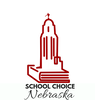
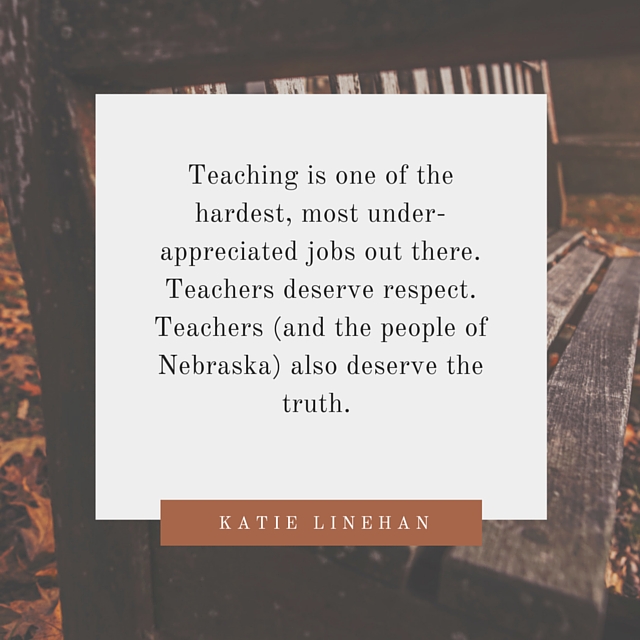
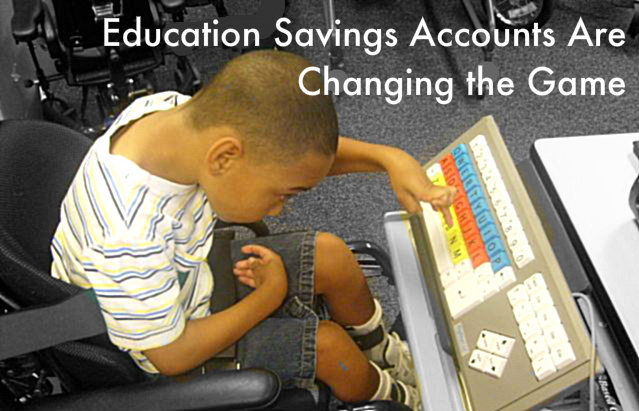

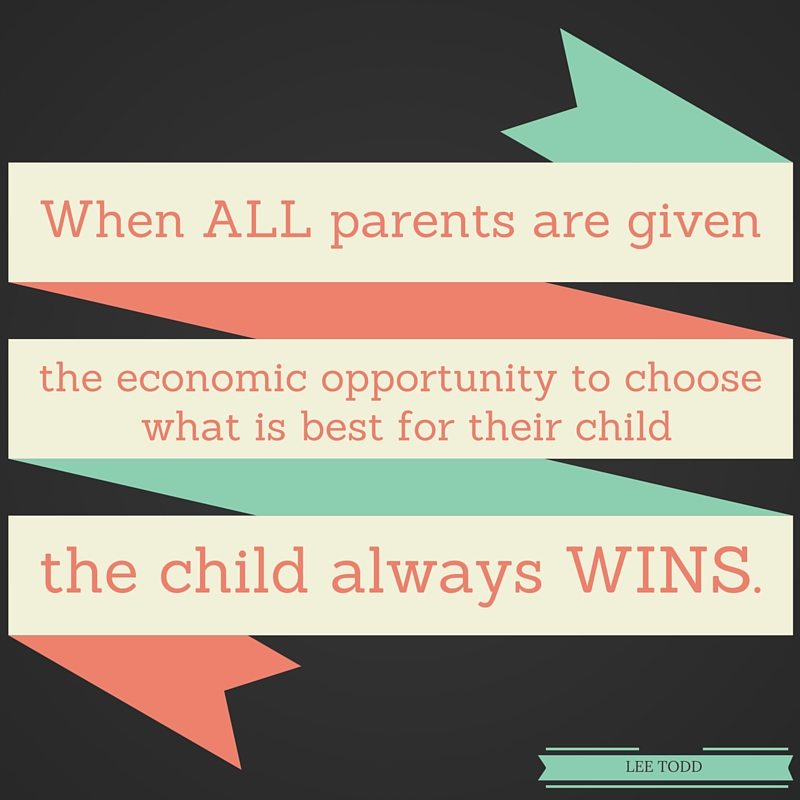
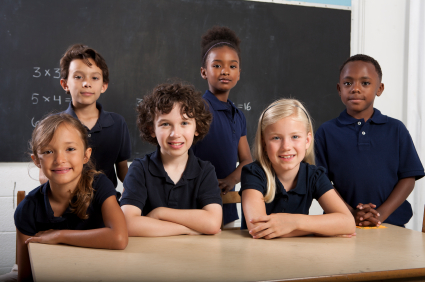
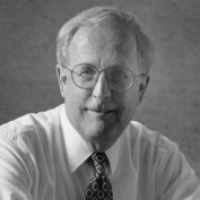
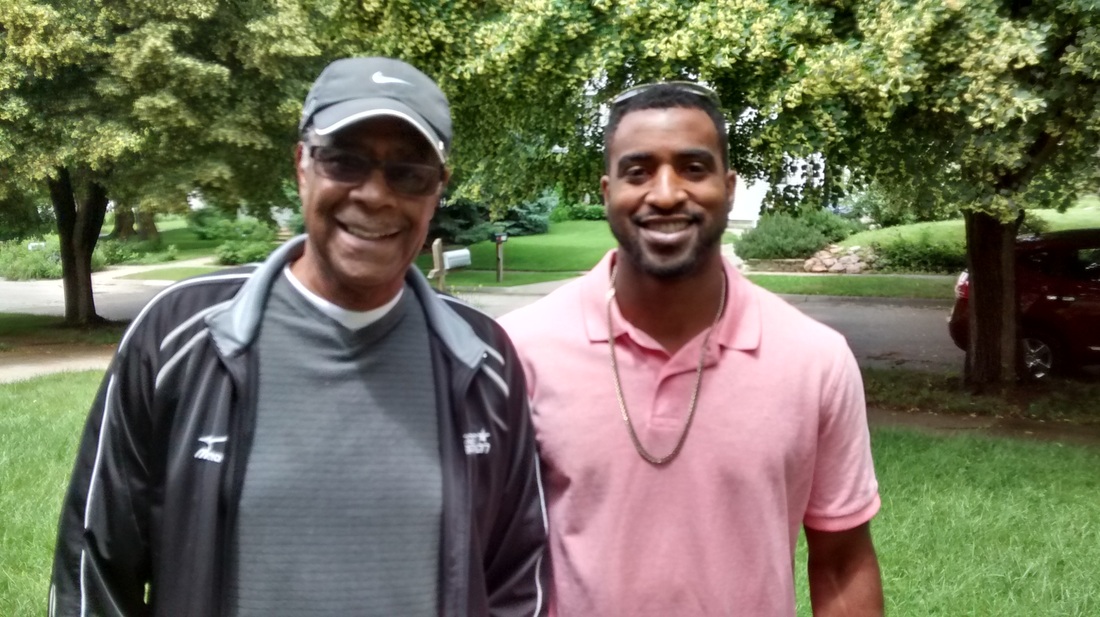
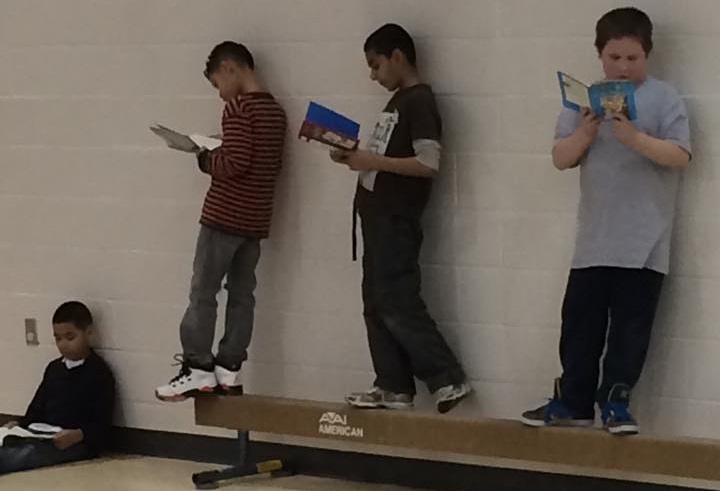
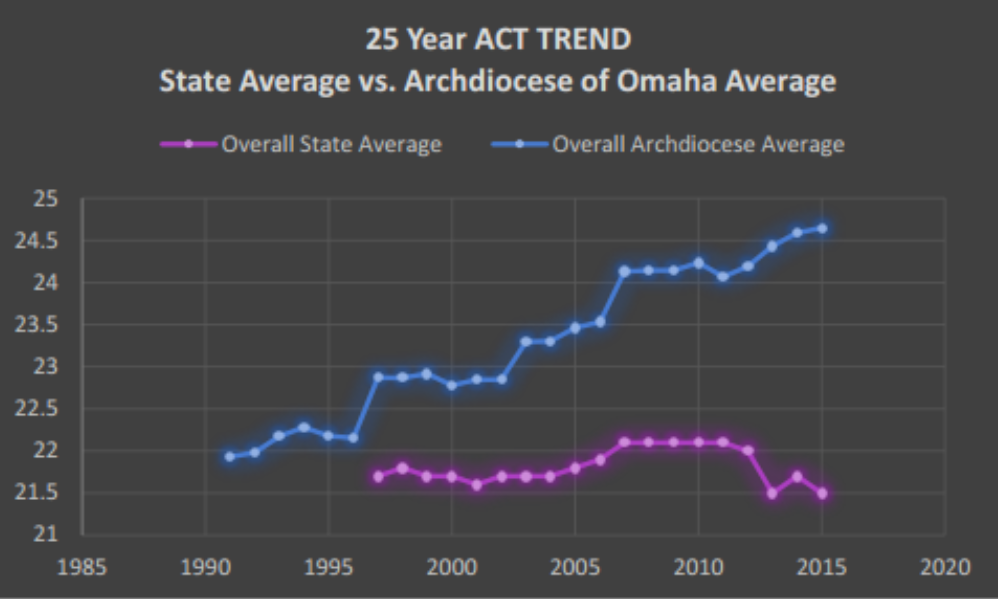
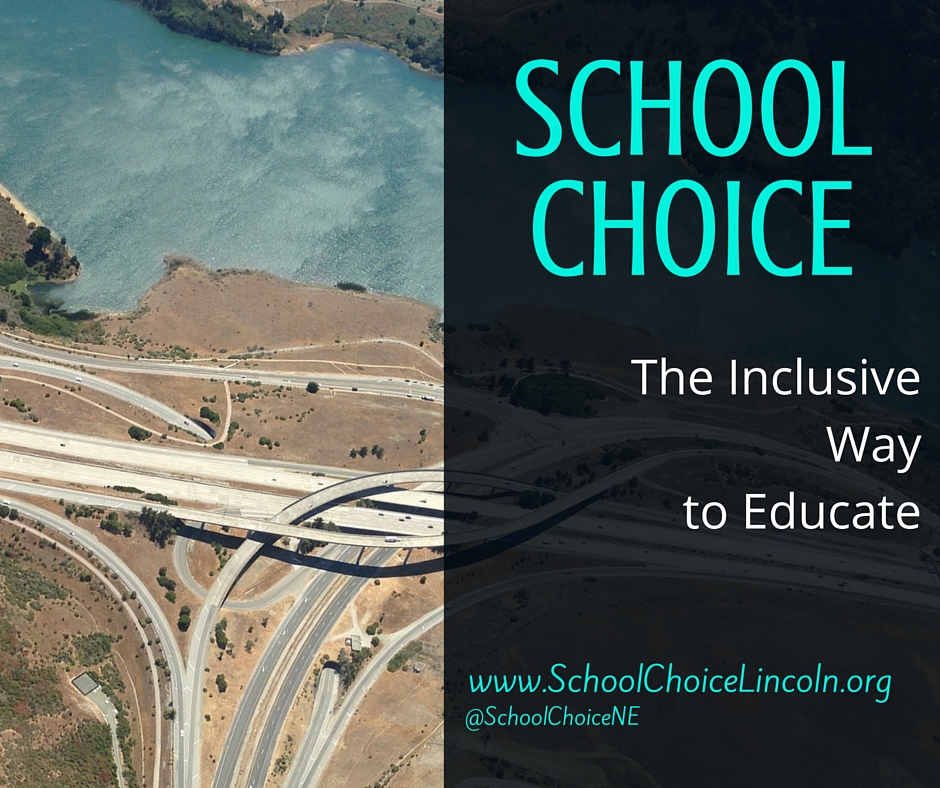


 RSS Feed
RSS Feed